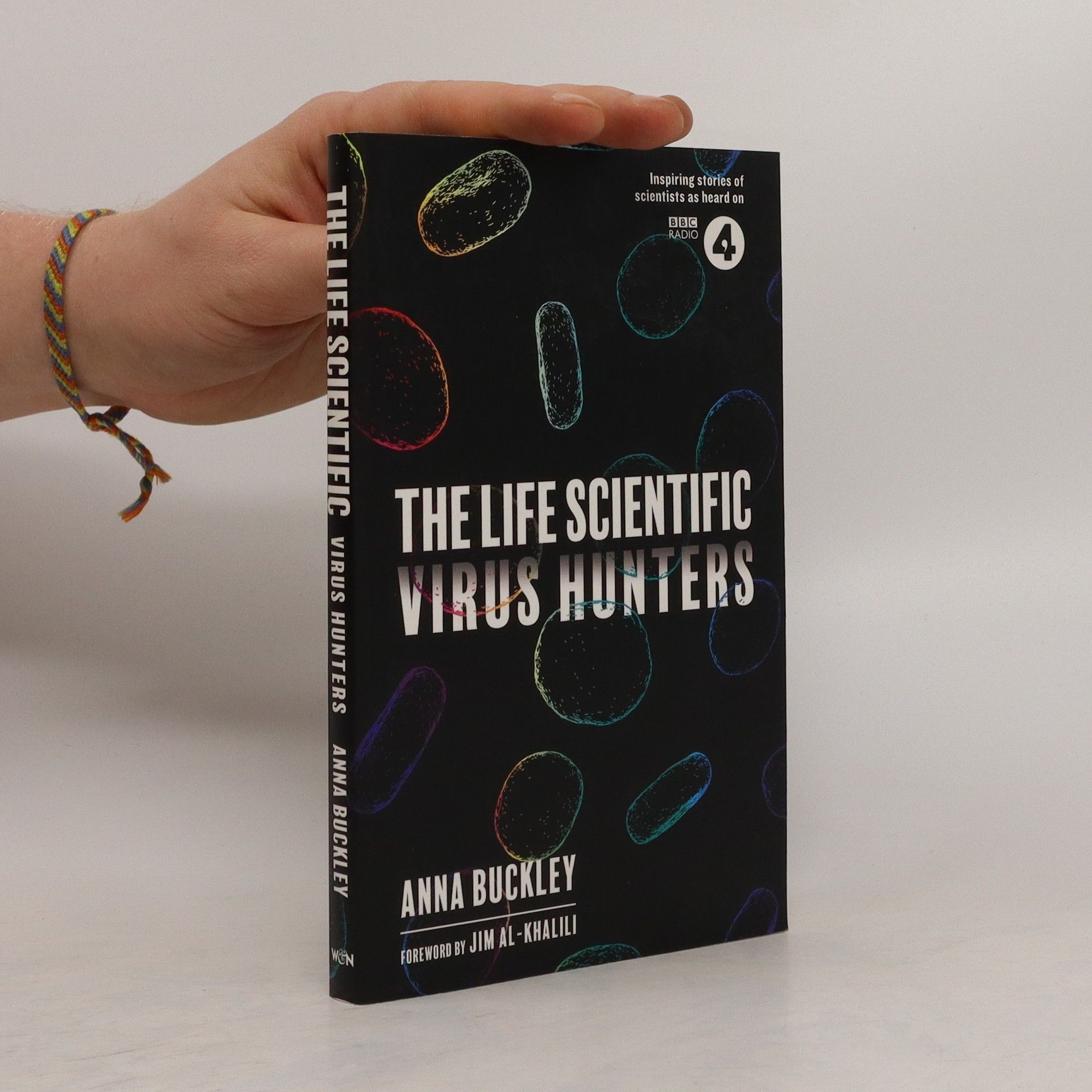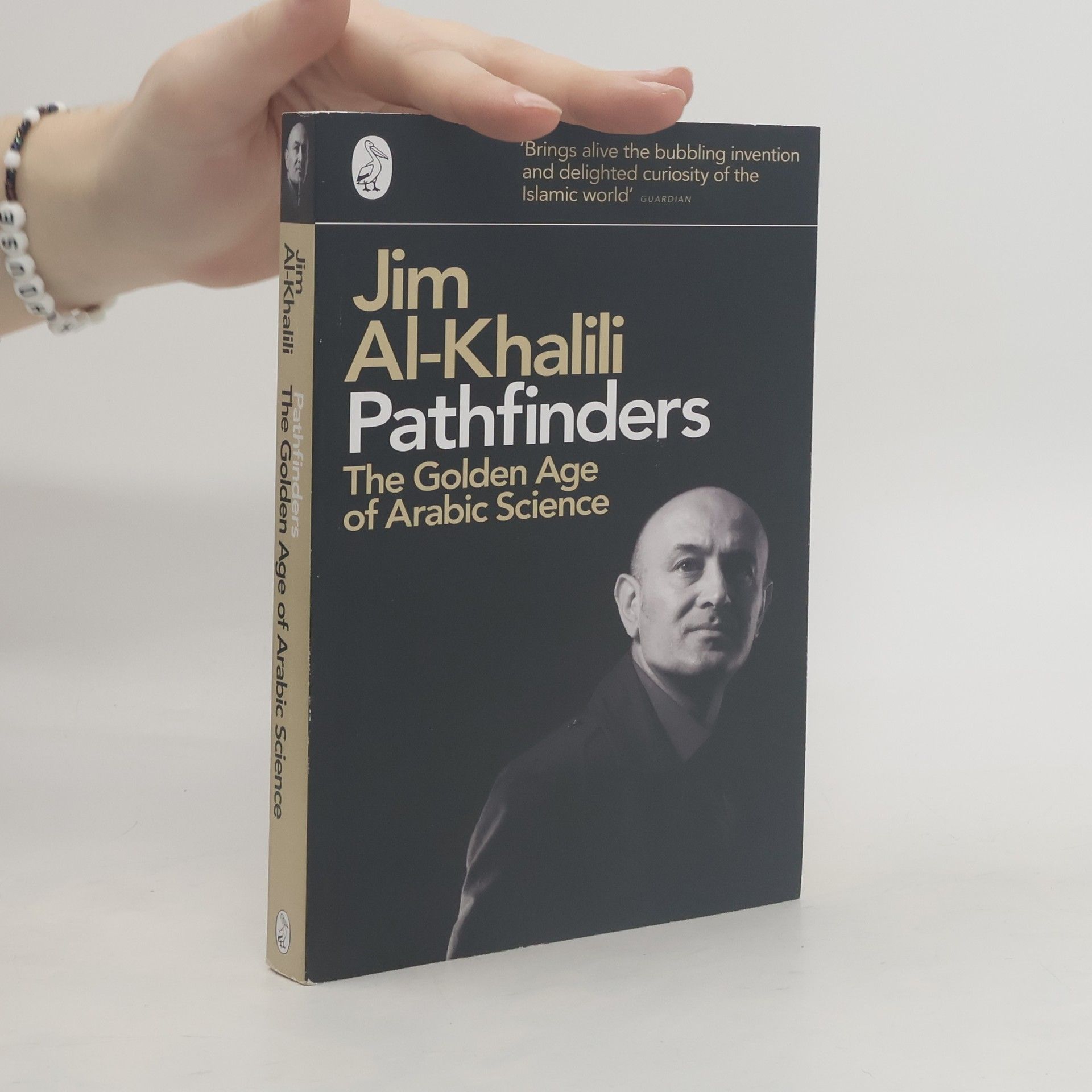Schwarze Löcher, Wurmlöcher und Zeitmaschinen
- 334 Seiten
- 12 Lesestunden
3-8274-1567-5, Al Khalili, Schwarze Löcher (HL) Jim Al-Khalili Schwarze Löcher, Wurmlöcher und Zeitmaschinen (copy) „Die Entstehung des Weltalls, die Konzepte von Raum und Zeit, beziehungsweise der so genannten Raumzeit sind zweifelsohne keine leicht verständlichen Themen. Umso beeindruckender ist das Buch des Wissenschaftspublizisten Jim Al-Khalili, dem es gelingt, über diese Dinge mit einer verblüffenden Leichtigkeit zu schreiben und den Boden des soliden Sachbuchs zu verlassen. Auch Laien werden von diesem Buch profitieren.“ Die Welt (Biblio) 2004. 336 S., 25 Abb., kt., € 15,-. ISBN 3-8274-1567-5 (Störer) neu










